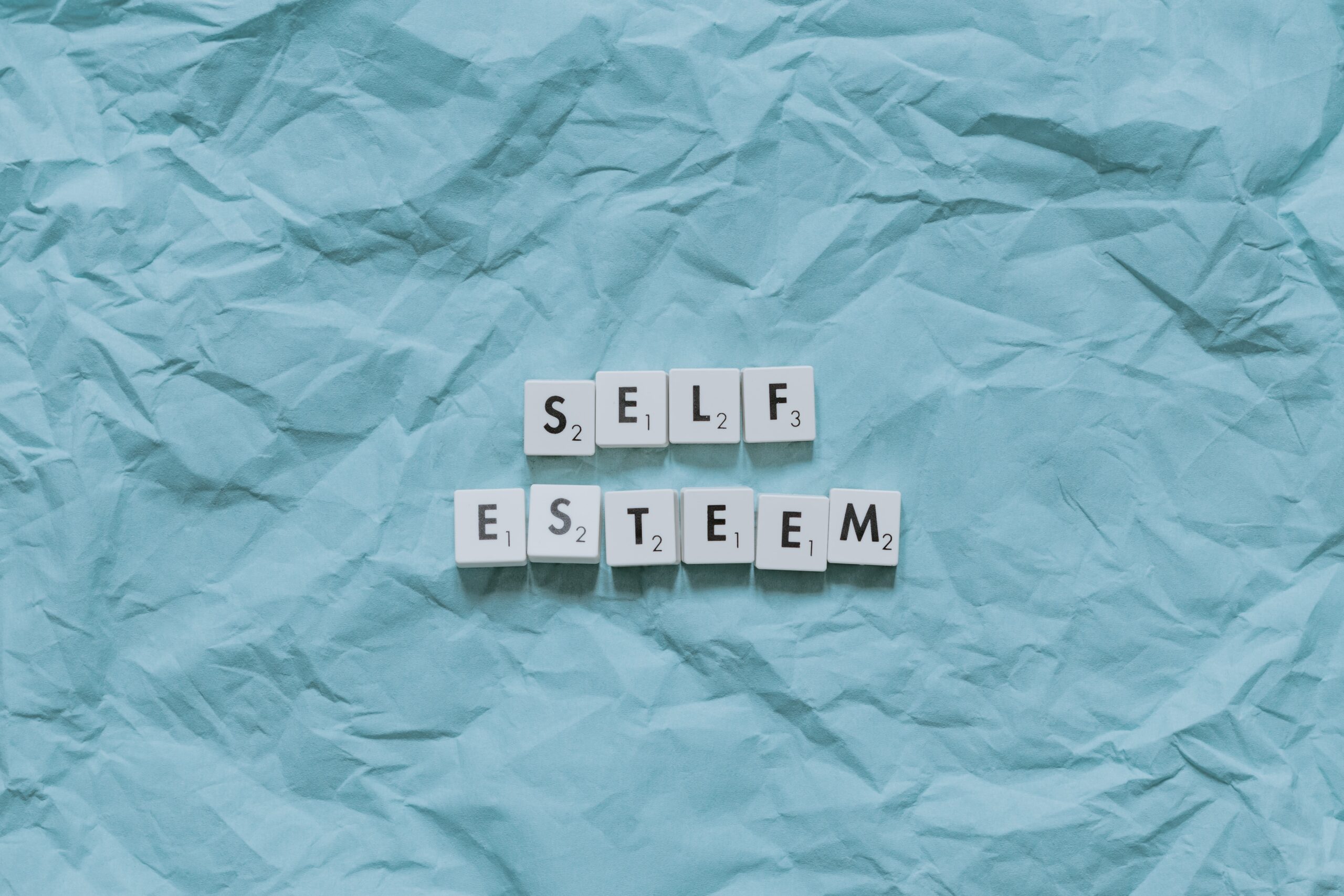Let’s look at how to help students boost self-esteem. It’s estimated that roughly 85% of people worldwide (both adults and adolescents) have low-self esteem. Generally described as lacking confidence or feeling inadequate, low self esteem has been linked to issues like school dropout rates and low academic achievement.
However, when it comes to boosting self esteem — particularly in the classroom — technology may just be able to help. From the value in enhancing collaboration in the classroom to how personalized, accessible learning can help, here’s what you should know.
Technology and Accessibility
For students with disabilities, accessibility in the classroom is essential in order to provide an effective learning environment, and may help in boosting self-esteem by giving students confidence and ability to excel in an academic setting. In 2021, the Centers for Disease Control and Prevention reported that approximately 1 in 44 children in the United States is diagnosed with an autism spectrum disorder (ASD), according to 2018 data, highlighting the importance of flexible and accessible solutions — some of which can be found through technology.
For individuals with disabilities like autism, it’s important to recognize that needs can vary widely. Helping an autistic student boost self-esteem in one way might not work as well for another student.
A hybrid approach to learning that combines regular classroom based settings as well as online or e-learning tools is just one great way to provide accessibility, and can involve the use of learning mediums that autistic individuals may find particularly useful, such as video and other visual media. This type of a hybrid approach in teaching can also help tackle anxiety in autism.
Kristie Brown Lofland of the Indiana Resource Center for Autism further explains the value of such mediums, stating “Technology just makes visual images more accessible to the individual with ASD. Computer graphics capture and maintain their attention.”
Because video modeling (aka watching a video of an individual performing a skill or task) can particularly benefit those with ASD who thrive on repetition, integrating these types of video can be useful in an academic environment, such as when a new skill is introduced. With the ability to mimic what is seen on the screen, individuals with ASD can better learn new skills when compared with traditional class instruction methods (like reading a textbook).
The Value of Enhancing Collaboration
When looking to boost self-esteem and confidence in the classroom, there are various ways to promote student engagement through technology. One common issue that many face in a classroom setting is active participation among all students — for example, a student may refrain from raising their hand or contributing to a discussion out of shyness or a lack of confidence. Flipgrid is just one powerful digital tool that can make classroom engagement and participation among students fun and creative — and with less pressure.
With the ability to be used in hybrid learning styles, Flipgrid is essentially a video tool that allows teachers to post topics, or videos along with text, which is then shared to students so that they can respond with their own video. Because Flipgrid videos can be recorded as many times as the student wants or needs to, they can have more confidence in contributing to classroom discussions rather than when being put on the spot in person.
While tools like Flipgrid offer an innovative way for students to participate in classroom discussions, the use of other classroom tech gadgets can also aid in taking off the pressure to actively participate.
For example, using clickers for activities like in-class games or quizzes can allow students to confidently and anonymously participate, while simultaneously allowing teachers to assess the general knowledge of the class.
Similarly, implementing the use of free online tools such as Google Forms can allow for students to confidently reach out and submit questions or other feedback, making them an invaluable resource for boosting confidence in an academic environment.
While utilizing video can aid in bringing accessible learning methods to students with ASD, integrating the use of other tech-focused tools like Flipgrid can further help students boost self-esteem and help cement their confidence in an academic setting. From improving accessibility and enhancing confidence and collaboration, there’s no doubt that technology can prove to be a major asset in the classroom.
Article by Jennifer Alli


